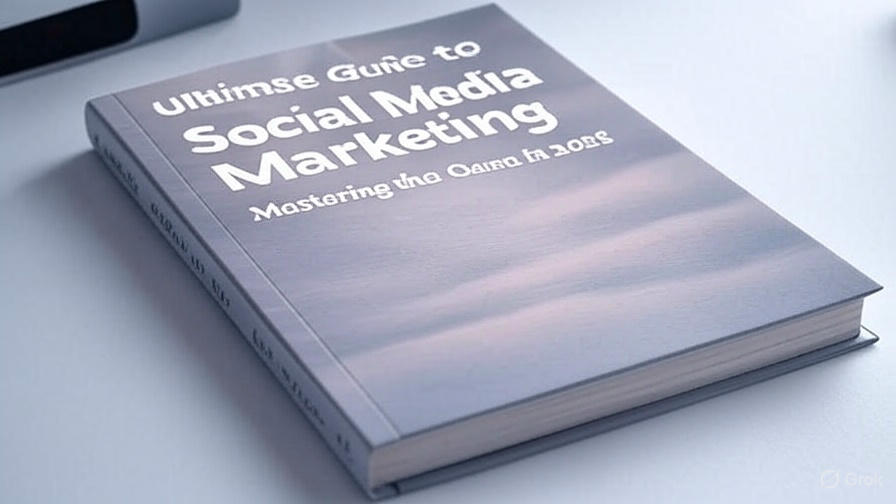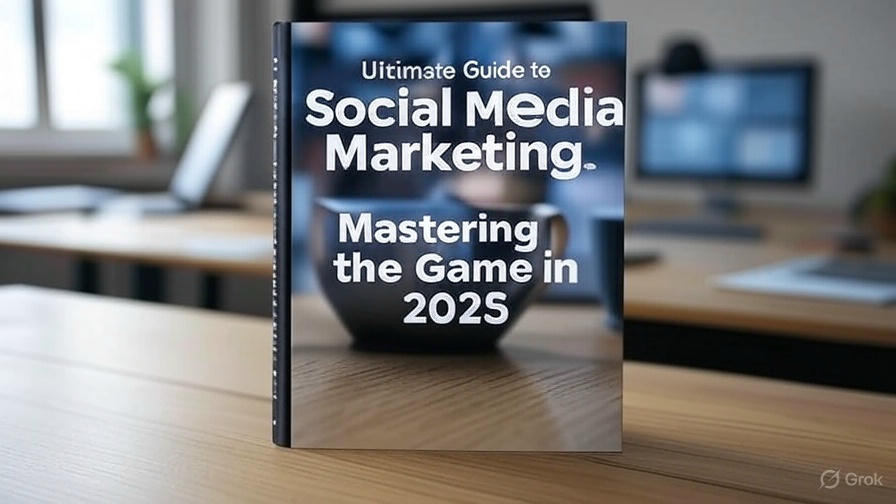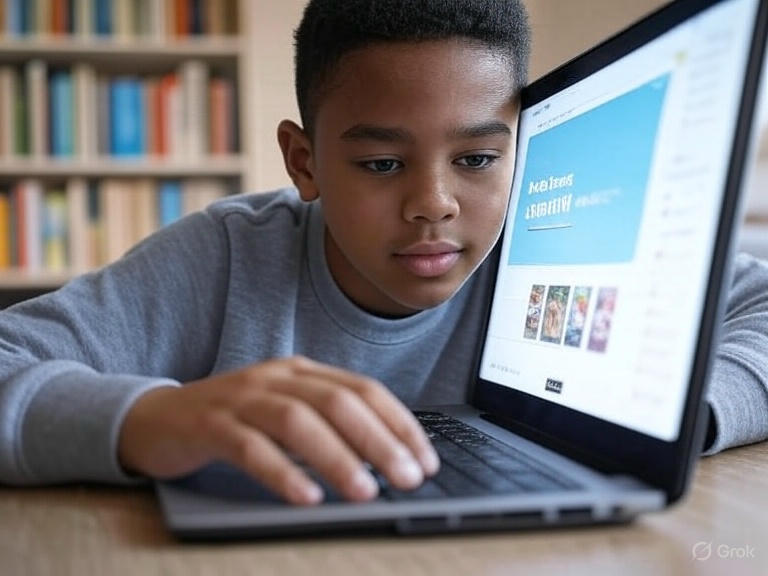Let’s be real for a second — the stock market can feel like trying to read an alien language while riding a rollercoaster. Between the flashy news headlines, market crashes, and TikTok gurus throwing buzzwords around like confetti, it’s easy to feel overwhelmed. But guess what? You don’t have to be a Wall Street wizard to understand the basics — especially when we’re talking about the future of those basics.
So grab your favorite drink, kick back, and let’s break down where stock market education is headed, why it’s changing, and how you can ride the wave like a pro (without the stress-induced grey hairs).
Why the Basics Still Matter (Even in 2025 and Beyond)
You might be wondering: “With AI, algorithmic trading, and crypto dominating the headlines, do stock market basics even matter anymore?”
Short answer? Heck yes.
Because the core principles — supply and demand, valuation, diversification, and risk management — are like the skeleton of the stock market. Without them, everything else falls apart. Even if tech is upgrading the game, the rules of the game still come from the same playbook.
Let me give you an example.
Back in college, I invested in a trendy tech stock just because it was blowing up on Reddit. It tanked within weeks. Why? I had zero clue about P/E ratios or market cap. Lesson learned: flashy trends come and go, but the basics? They stick around longer than your Spotify playlists from 2012.
The Big Shifts: How Stock Market Learning Is Evolving
1. AI-Powered Learning Tools
Gone are the days of dry textbooks and snooze-fest seminars. Now we’ve got apps and platforms using artificial intelligence to customize lessons for every learning style.
- Think: Duolingo meets Wall Street.
- AI quizzes that adapt in real-time.
- Voice assistants that break down market terms like your bestie.
Honestly, it’s never been easier (or more fun) to get your feet wet.
2. Gamification and Simulation
Want to practice trading without losing real money? Welcome to the future.
Apps like Stock Trainer and MarketWatch simulate real-time trading with fake portfolios. It’s like playing fantasy football but for finance geeks.
Even schools are hopping on this trend. Some colleges now make stock simulations part of their curriculum. About time, right?
3. Social Investing Platforms
Ever wished you could peek over a pro trader’s shoulder? Now you can.
Social platforms like eToro let you copy the moves of experienced investors. It’s mentorship meets Instagram. But remember — just because someone has a flashy profile doesn’t mean they know what they’re doing.
Pro Tip: Always research before following anyone blindly. Just like in real life, not every influencer gives good advice.
Upcoming Trends That’ll Redefine the Basics
1. Fractional Investing Becoming the Norm
Remember when you needed a fat wallet to buy a single share of Amazon? Not anymore.
With fractional investing, even your coffee money can get you a slice of your favorite companies. Apps like Robinhood, Zerodha, and Groww make this super accessible, especially for Gen Z and new investors.
2. More Focus on ESG Investing
Environment, Social, and Governance (ESG) investing is blowing up. It’s not just about profit anymore; people care how companies earn that profit.
The future? Basics will include understanding ESG metrics and how ethical decisions impact market performance.
3. Crypto and Blockchain Basics as Standard Curriculum
Like it or not, blockchain and crypto are becoming part of the foundational conversation. No, we’re not saying Bitcoin will replace the dollar tomorrow, but if you’re learning about markets in 2025 and beyond, you’ll need to know how tokenized assets work.

Common Myths That Future Investors Need to Ditch
- “The market is only for the rich.” Nope. With digital platforms, you can start with less than a Netflix subscription.
- “It’s just gambling.” Investing is calculated risk. Gambling is guessing. There’s a big difference.
- “You need to know everything.” False. You just need to understand the right things. And basics are the foundation.
FAQs: Quick Answers for Curious Minds
What are stock market basics?
They’re the fundamental concepts that explain how the market works — like supply and demand, stock valuation, portfolio diversification, and understanding risk.
Is stock market education changing?
Big time! It’s becoming more interactive, tech-driven, and accessible than ever before.
Can I learn investing for free?
Yes! Tons of platforms like Zerodha Varsity, Investopedia, and YouTube channels offer quality info without charging a penny.
What’s the best age to start investing?
The sooner, the better. Even small amounts in your 20s can grow massively with time. Thank you, compound interest!
The Human Touch: Why Emotional Intelligence Will Matter More
Believe it or not, the future isn’t just about data. Emotional intelligence — patience, self-control, decision-making under pressure — will separate successful investors from reckless ones.
Back in 2020, when the market dipped hard, I panicked and sold low. My friend? He held on, stayed calm, and doubled his returns by 2022. Classic case of EQ beating IQ.
So yes, understanding charts is great, but understanding yourself is greater.
Real Talk: Mistakes Will Happen — and That’s Okay
Let me tell you something comforting: every investor, no matter how smart, messes up. You’ll buy high, sell low, miss opportunities, or trust the wrong sources. Been there, done that.
The key? Learn, adapt, and keep showing up.
Final Thoughts: What Should You Expect?
If you’re just starting or brushing up in 2025, here’s what to expect:
- Tech-first learning. Expect chatbots, videos, gamification, and personalized education.
- Simplified platforms. UI is getting cleaner, not messier.
- More inclusive education. Stock market basics are no longer gatekept.
- Community-led growth. Online investing groups and forums will be your new study circle.
And guess what? You’ve already taken the first step by reading this.
Ready to Start?
Whether you’re here to build wealth, understand your finances better, or just want to stop zoning out during business convos — learning stock market basics today will future-proof your tomorrow.
Have a story about your first investment mistake? Or a beginner win you’re proud of? Share it in the comments — we’re all learning together.
CTA: Got questions about investing? Drop them below, and let’s make finance fun, friendly, and fear-free.
SEO Keywords Used:
Stock market basics, investing in 2025, beginner investing tips, stock trading future, fractional investing, ESG investing, how to learn stock market, AI investing tools, social investing, crypto basics, stock market myths.
Written by a finance-nerd-turned-blogger who’s made (and learned from) all the rookie mistakes. If I can get it, so can you.


















